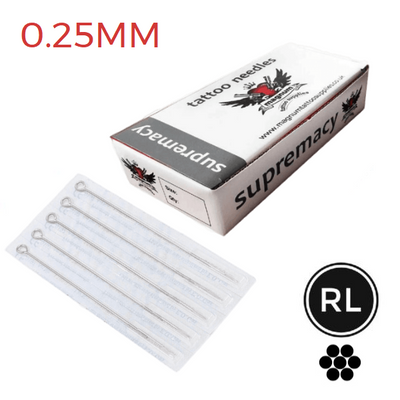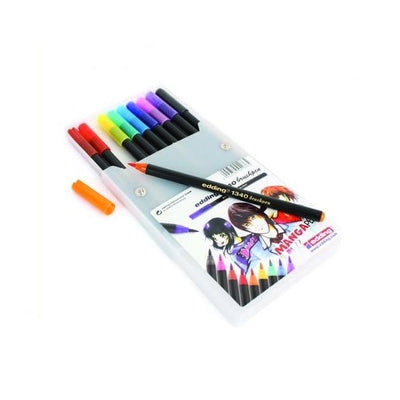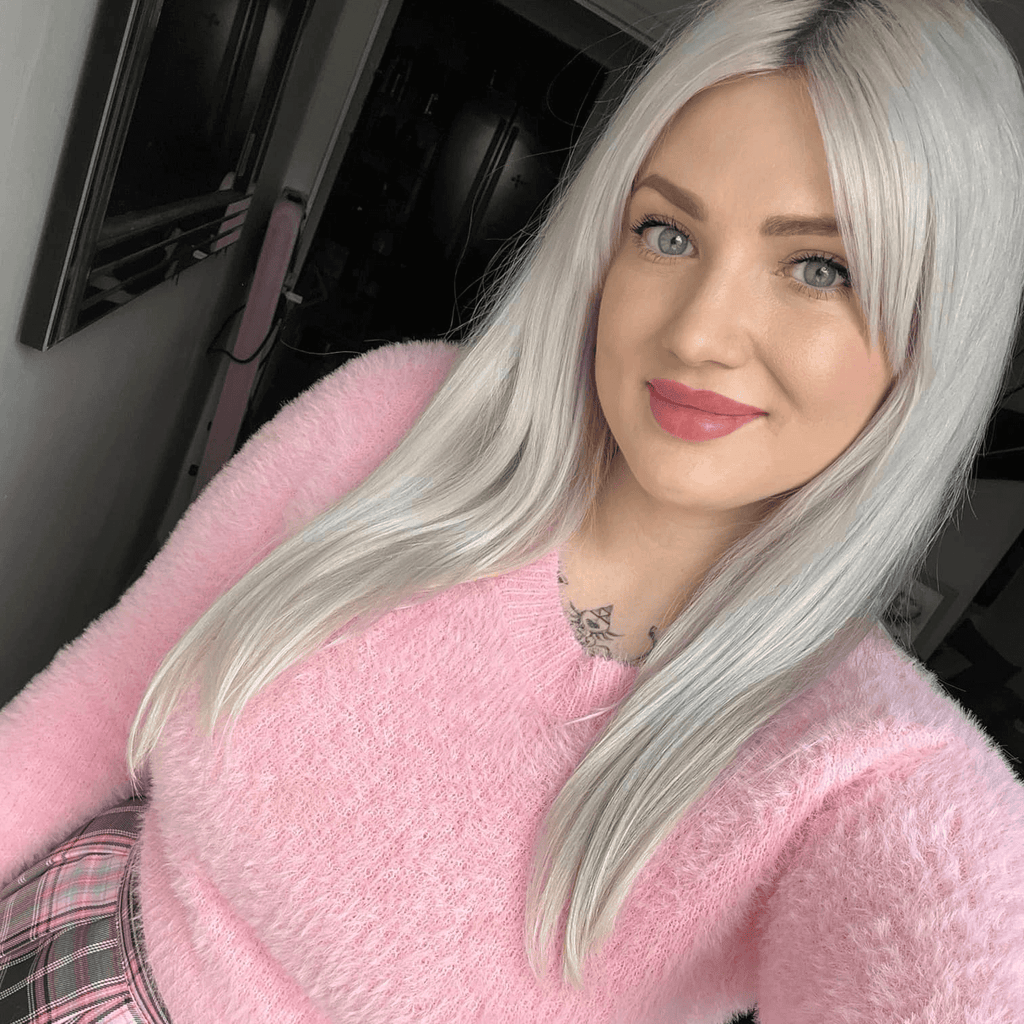Many tattoo artists build their careers on their unique artistic voices and the one-on-one connections they develop with their clients. However, this focus on individual work can sometimes lead to creative blocks, limited reach, and a sense of professional isolation. Tattoo artist collaboration solves these challenges by fostering innovation, expanding client bases, and enhancing skill sets.
Despite these benefits, many artists hesitate to collaborate due to concerns about style clashes, miscommunication, and potential conflicts. So, we will explore the numerous benefits of tattoo artist collaboration and provide practical advice on how to collaborate successfully.
Why is it important for tattoo artists to collaborate?

Enhanced creativity
When you collaborate with another tattoo artist, you're not just merging styles but creating a whole new artistic experience. Imagine combining your unique flair with another artist's distinctive techniques – the possibilities are endless.
This fusion can lead to groundbreaking designs that neither of you might have conceived on your own. It's an opportunity to push creative boundaries, experiment with new tattoo ideas, and innovate in ways that can significantly elevate your work.
Expanded clientele
Collaborations are a powerful way to reach new audiences. Each artist brings their own following to the table, which means your work will be exposed to clients who might not have discovered you otherwise. This expanded reach can lead to more appointments, diverse projects, and a broader fan base.
Plus, clients love getting a piece that carries the signature styles of two talented artists, making collaborative projects highly sought after.
Tattoo skill development
Working with another tattoo artist is one of the best ways to learn and grow in your craft. You get to see firsthand how they approach their designs, their techniques, and how they solve common tattooing challenges.
It's a hands-on learning experience that can introduce you to new skills and methods you can incorporate into your work. Whether you're an experienced artist or just starting, there's always something new to learn from a peer.
Increased revenue
Collaborating with another artist can be financially rewarding. You can increase your overall revenue by pooling your resources and attracting more clients. Joint marketing efforts can lead to cost savings and more effective promotional campaigns.
Plus, unique collaborative pieces often command higher prices due to their distinctiveness and the combined talent involved.
Networking opportunities
Collaboration opens doors to networking within the industry. It's not just about the immediate project; it's about building long-term professional relationships. These connections can lead to future tattoo collaborations, referrals, and a stronger presence in the tattoo community.
Networking with other tattoo artists can also provide opportunities to participate in conventions, guest spots, and other events that can further your career.
Enhanced tattoo portfolio
Adding collaborative work to your portfolio showcases your versatility and ability to work well with others. It demonstrates that you can blend styles and create cohesive pieces with other artists, an attractive quality for potential clients. A diverse portfolio with unique, collaborative works stands out and can help you attract a wider range of clients.
How to collaborate successfully

Step 1: Finding the right partner
The first step in a successful collaboration is finding a partner whose artistic style, work ethic, and goals align with yours. Take the time to research potential collaborators by looking at their portfolios, social media presence, and reviews from clients. Attend industry events, such as tattoo conventions, where you can meet other artists in person.
Ensure that you both share a mutual respect's work and have a similar vision for the collaboration. Compatibility is key to a smooth and productive partnership.
Step 2: Setting Clear Goals
Before starting any project, it's crucial to set clear goals and expectations. Discuss what each of you hopes to achieve from the collaboration. Are you aiming to create a specific type of design, attract a certain clientele, or perhaps enter a new market? Having a shared vision ensures that both artists work towards the same objectives, which can help them make decisions and stay focused throughout the project.
Step 3: Communication
Good communication is the backbone of any successful artist collaboration. Make sure to have regular check-ins in person, over the phone, or video calls.
Be open and honest about your ideas, concerns, and feedback. Constructive criticism should be welcomed and handled professionally. Good communication helps address issues promptly and keeps the project moving forward smoothly.
Step 4: Defining roles and responsibilities
Clearly outline each artist's role in the collaboration to avoid any confusion or overlap. Determine who will handle what aspects of the design, the preparation, the tattooing process, and any aftercare instructions. This helps in managing expectations and guarantees that both parties are contributing equally and effectively to the project.
Step 5: Creating a contract
Formalising your collaboration with a contract is essential. This document should detail the terms of the agreement, including revenue sharing, intellectual property rights, project timelines, and any other relevant details. A contract protects both artists and provides a reference point if any disputes arise. It ensures that everyone is on the same page and understands their obligations and rights.
Step 6: Marketing the collaboration
Promoting your collaboration is crucial for attracting clients and generating interest. Utilise social media platforms, your website, and other marketing channels to showcase the collaborative work. Engage with your followers by sharing behind-the-scenes tattoo content, progress shots, and finished pieces. Joint marketing efforts can widen your reach and draw more attention to the unique aspects of your collaborative projects.
Step 7: Managing the creative process
Establish a workflow that accommodates both artists' styles and schedules. Agree on the design process, from brainstorming and sketching to finalising the artwork. Flexibility and compromise are important, as each artist may have different working habits and preferences. Balance creative freedom with collaborative goals to ensure the final piece reflects both of your artistic contributions.
Step 8: Handling disputes
Despite best efforts, disagreements can happen. It's important to have a plan in place for resolving conflicts. Address issues directly and respectfully, focusing on finding solutions rather than placing blame. If needed, involve a neutral third party to mediate. Maintaining professionalism and mutual respect will help in resolving disputes without damaging the collaboration.
Final thoughts

Overall, collaboration helps you grow as an artist, connect with others in the industry, and create amazing art. Following these steps can turn collaboration into a great opportunity for success.
To support your collaborative efforts, check out our website for high-quality tattoo products, including aftercare items, inks, machines, and needles. Equip yourself with the best tools to enhance your tattoos and ensure the best results for your clients.



























































 Studio supplies
Studio supplies












 Power & batteries
Power & batteries








 Aftercare
Aftercare





















 Apprentice
Apprentice


 Piercing & jewellery
Piercing & jewellery







 PMU supplies
PMU supplies




 New arrivals
New arrivals
 Gift vouchers
Gift vouchers
 Shop all
Shop all















































